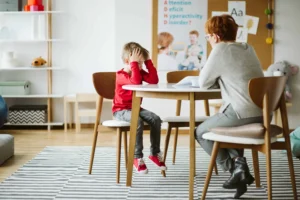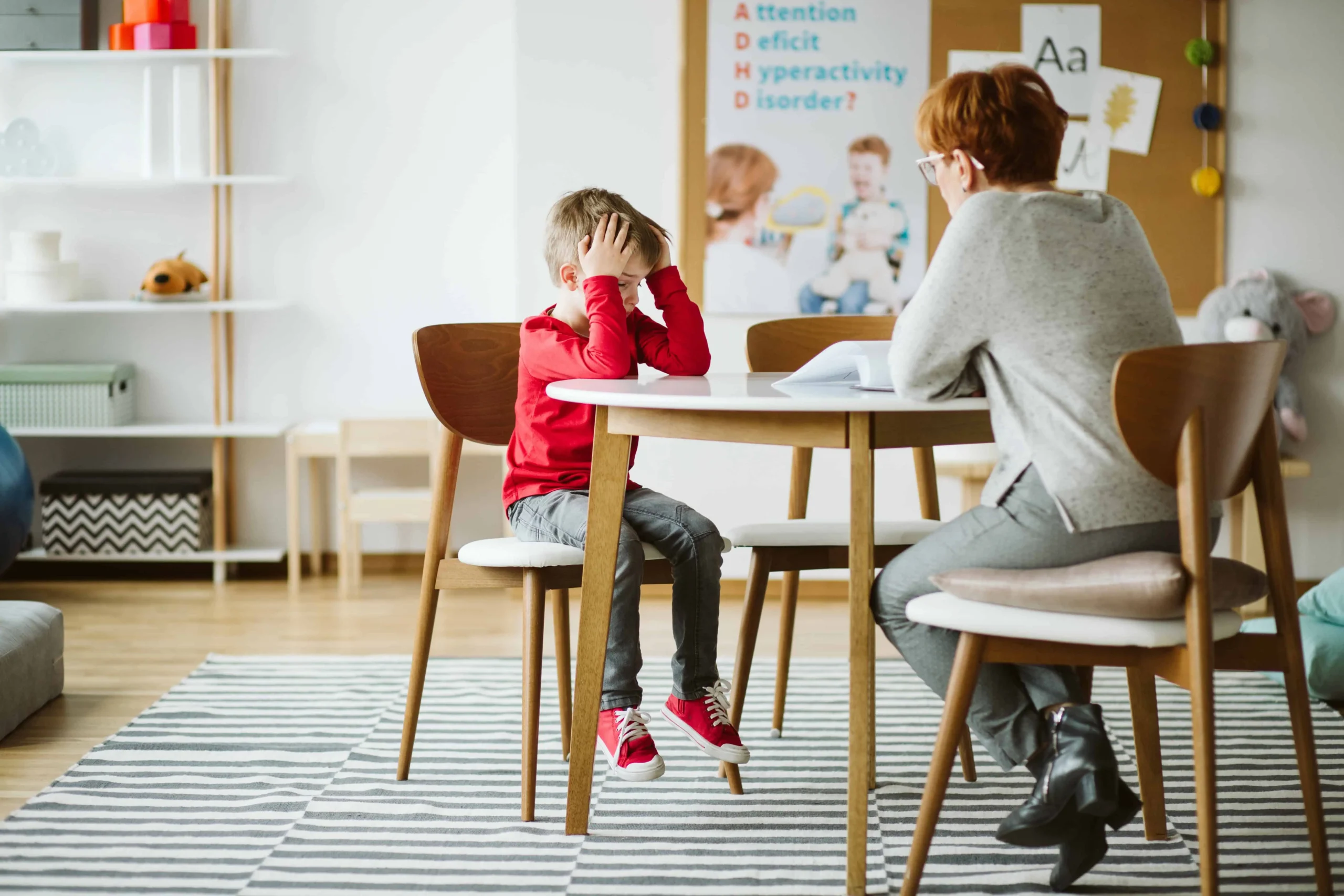Jumping back into school mode is not easy; The good news is that there are plenty of things you can do to help make this transition smoother
Jumping back into school mode is not easy. After the ease of summer with its longer days, time spent outside, and later bedtimes, it can be tough to return to the structured rhythm of school. Suddenly, mornings feel rushed, schedules fill up, and everyone has less downtime. Kids are gearing up to face the academic and social pressures of being a student, which can feel especially overwhelming after the slower pace of summer.
The good news is that there are plenty of things you can do to help make this transition smoother. Having conversations about what to expect, slowly adjusting routines, and finding fun ways to prep can make a big difference. With some planning and patience, you can help your child feel ready to tackle the new school year.
Here are ten practical ways to ease the back-to-school transition:
1) Start Talking About School Early
Do not wait until the night before to talk about the upcoming school year. Bring it up a few weeks ahead so kids can wrap their heads around the change and mentally prepare.
2) Invite Curiosity
Encourage gentle, low-pressure conversation about school. Use my personal favorite magic phrase, “I wonder…” to think aloud together. You might say, “I wonder what your classroom will look like,” or “I wonder who you’ll sit next to at school.”
3) Make a Visual Countdown
Because kids do not always grasp time the way adults do, a visual tool can be really helpful. Try making a paper chain or calendar they can mark off each day. It gives them something concrete to track the days until school starts.
4) Shift Routines Gradually
Start moving bedtime earlier bit by bit. You might tell your child, “We’re going to start getting your body ready for the school year by moving bedtime earlier. So starting tomorrow, bedtime will be X.” Small changes over time are much more manageable.
5) Get Familiar With the Space
Take a field trip to check out the school playground or peek in the windows. You can even look at photos of the school online. The more familiar the building is, the less intimidating the first day will feel.
6) Attend Back to School Events
Those meet-and-greet events might seem time-consuming, but they are awesome opportunities for your child to get comfortable with their new environment and faces they will see every day.
7) Validate Their Feelings
Let them know it is totally normal to feel more than one emotion at once. They might feel both excited AND nervous, or sad summer is ending AND curious about what is ahead. Having mixed feelings about big changes is common! Helping kids name these feelings can make them easier to navigate.
8) Practice Drop-off Before the First Day
Create and run through your goodbye routine at home a few times. It might sound silly, but rehearsing helps. Bonus points if you can add some silliness or playful energy! Levity can help make the idea of separation less scary.
9) Keep Goodbyes Short and Sweet
When the big day comes, do your best to stay calm and confident. You might say, “I’m going to give you a hug and go now, I’ll see you at pickup!” Try to avoid asking things like, “Is it okay if I leave now?” Lingering can communicate uncertainty, and kids take cues from caregivers’ nervous systems. When you show confidence in their ability to handle the separation (and the big feelings that come with it), they’re more likely to feel safe and resilient.
10) Take Care of Yourself
This transition is tough on caregivers too! If you need to grab a coffee and have a quiet moment after drop-off, do it. Or have a cry in the car if that’s what you need. Your feelings matter too.
Remember, it does not have to be perfect. Your child might still have rough mornings or teary goodbyes, and that’s okay. The goal is not to avoid all struggles – it is to help them learn they can handle hard things.
Isabelle Harris, M.Ed., LPC-R is a Professional Counseling Resident who provides outpatient therapy services to adults, adolescents, and children at The Center for Cognitive Therapy and Assessment.











